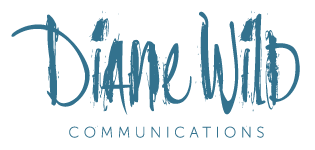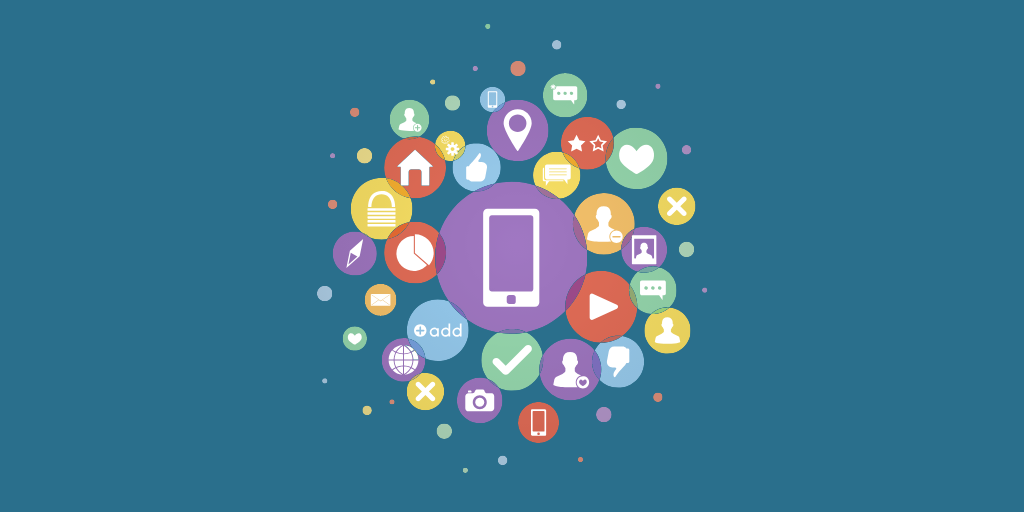I’m a huge advocate for social media as a powerful force of connection, to people and to information. Now more than ever that’s important, but now more than ever I’ve found it necessary to turn down the social media noise. Like many people, I’ve been struggling to cope while facing the pandemic-inspired onslaught of information, misinformation, misplaced marketing, and pleas for help I’m unable to provide.
As I went about muting more words and accounts, I was going to re-share my October post about taming your Twitter feed in case it helped others. But these days, the tone of anything written pre-pandemic feels wildly out of place. So here are my tips to make social media feel like a safer space in these unsafe times.
Step back
I need to stay informed to be a good citizen as health advice and lockdown restrictions change. I also need to stay informed to do my job, part of which involves managing social media for a local charity that helps people with disabilities who have particular information needs. But I don’t need to scroll endlessly, or know every nuance of the news, or respond to every joke forward, or be there for everyone when my own resources are getting depleted.
Checking in on social media a couple of times a day keeps me on top of the critical news and gives me enough of the personal connection I do love about social media. Others might find it more helpful to step away completely from at least some social media platforms, or to check in less frequently. Consider deleting the apps from your phone or turning off notifications for Twitter and Facebook.
Tune in trusted sources
Even well-meaning people who don’t usually share health advice are in full-on health-advice-sharing mode now. I don’t need 327 Facebook friends telling me to wash my hands and stay inside, though people who don’t realize the magnitude of the threat might benefit. I need the NHS, Scottish Government, and WHO to keep me informed about current information and advice, so I follow them and mute any non-authoritative accounts that frequently share advice.
Tune out what doesn’t help
Pay close attention to how you feel after reading, viewing, sharing content, and make adjustments accordingly. Some people find solace in memes or think pieces on current events, or in using social media as therapy or showing solidarity with others. But sometimes it can get too much. And some people whose posts I normally enjoy are reacting in a way that increases my own anxiety. Here’s what you can do, besides Plan A of stepping away:
- Twitter allows you to mute people or words forever or, on some devices, for a set period of time. If you do mute forever, you can always go back once life has returned to a sense of normalcy and unmute.
- Twitter lists are a great way to create a temporary timeline of only the accounts you want to see at this time. Maybe that’s favourite accounts plus one or two trusted information sources. Instead of visiting your main timeline, you can view your must-see list instead.
- Facebook offers a “snooze” function so you don’t see a person or page’s posts for 30 days, which I find helpful when I know I need a temporary reprieve. You can also unfollow but still remain friends if you need more of a permanent reprieve.
Find a social media happy place
My Instagram feed is full of foster kittens so that’s where I go to see post after post of adorability and make the world feel better. I’ve been posting pictures of my solo walks around my neighbourhood there and on Facebook, a small motivation for me to explore new paths and feel some connection to friends. And I love seeing snapshots of my friends’ daily lives as we make the best of our abundant home time.
Find what works for you, and give yourself permission to not be on top of everything.


